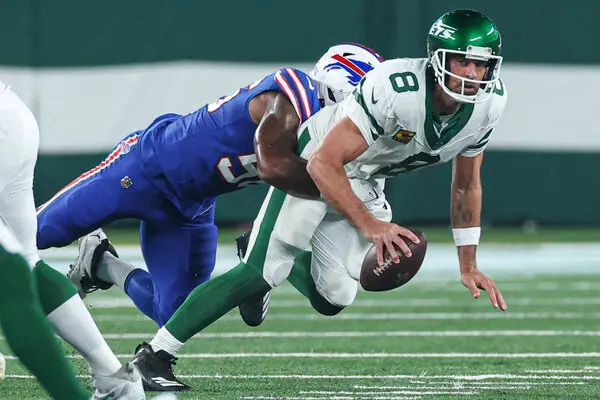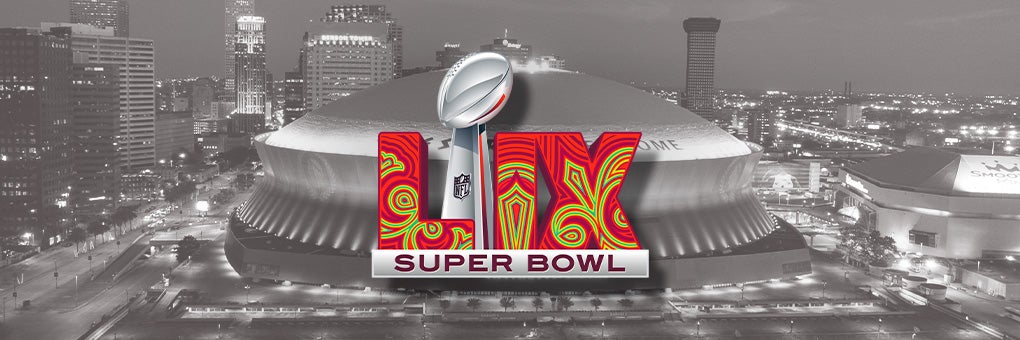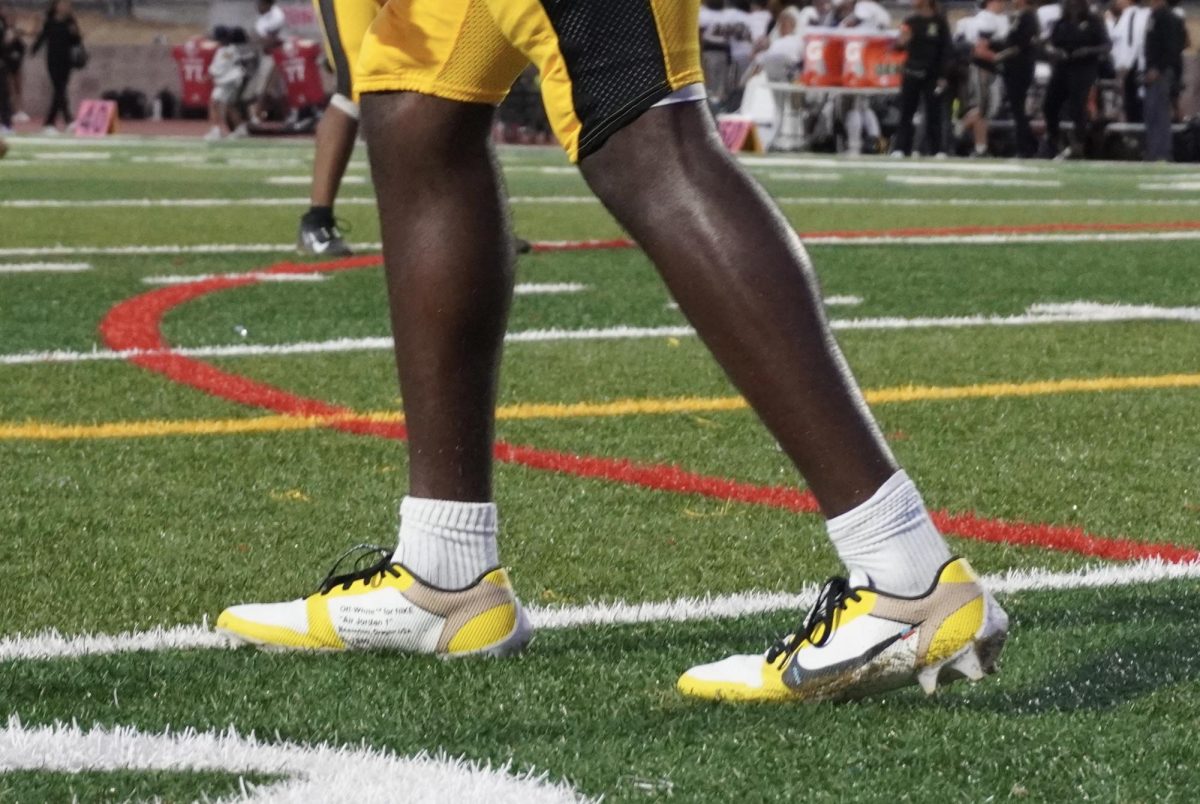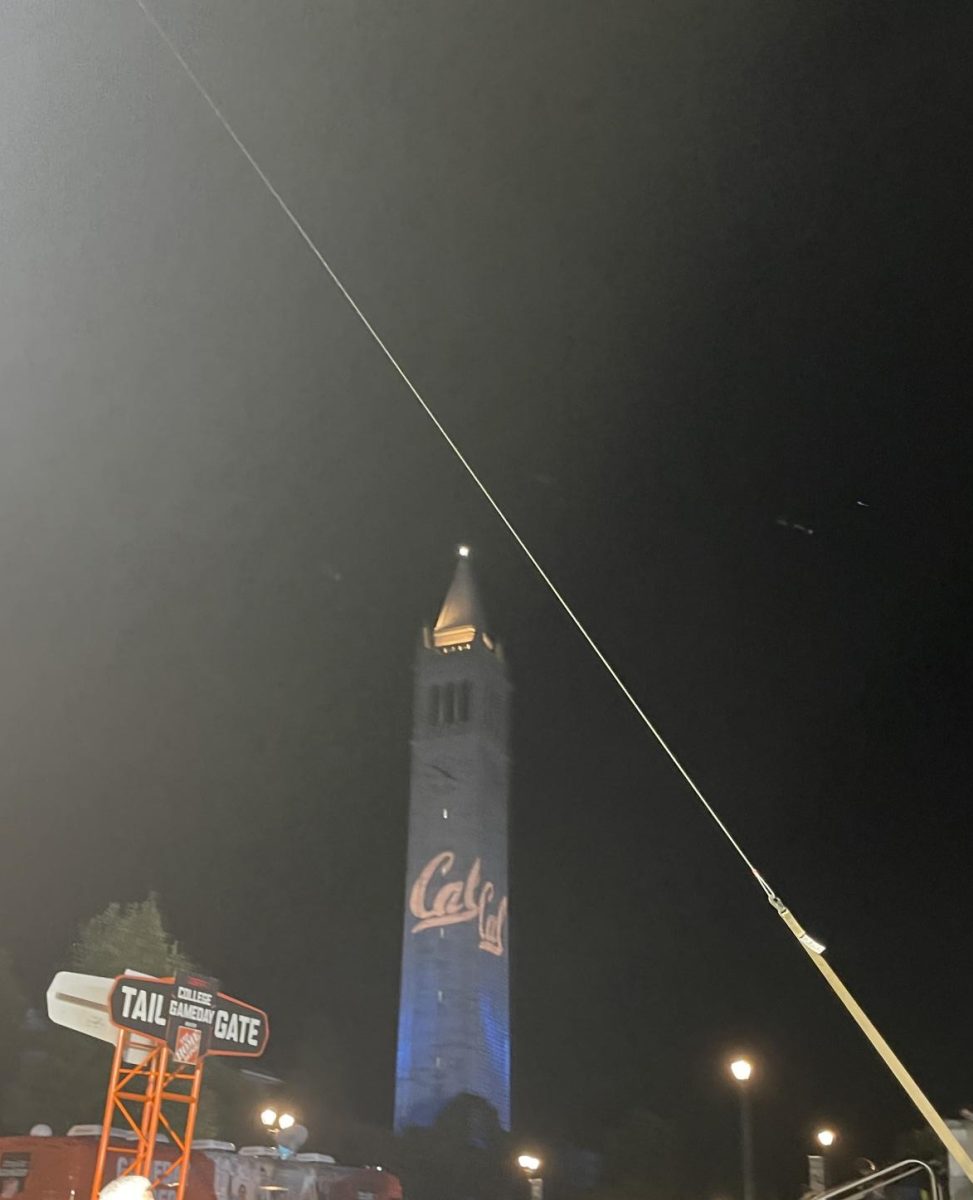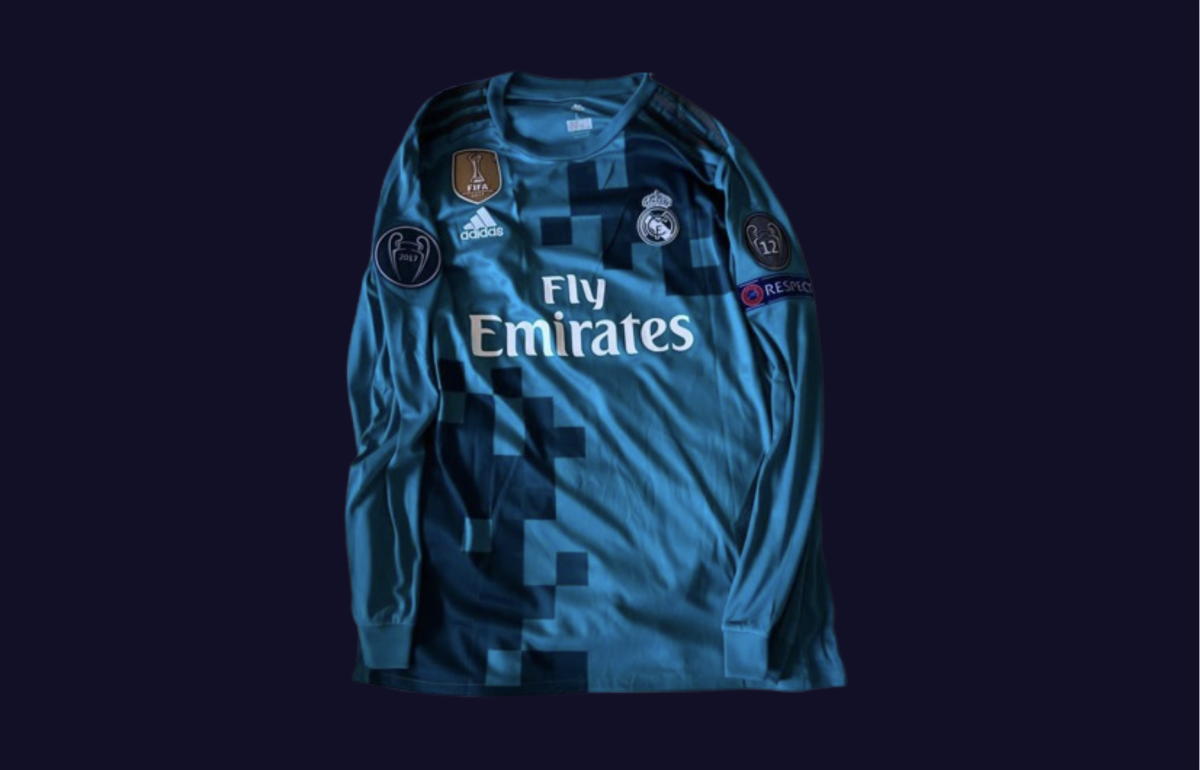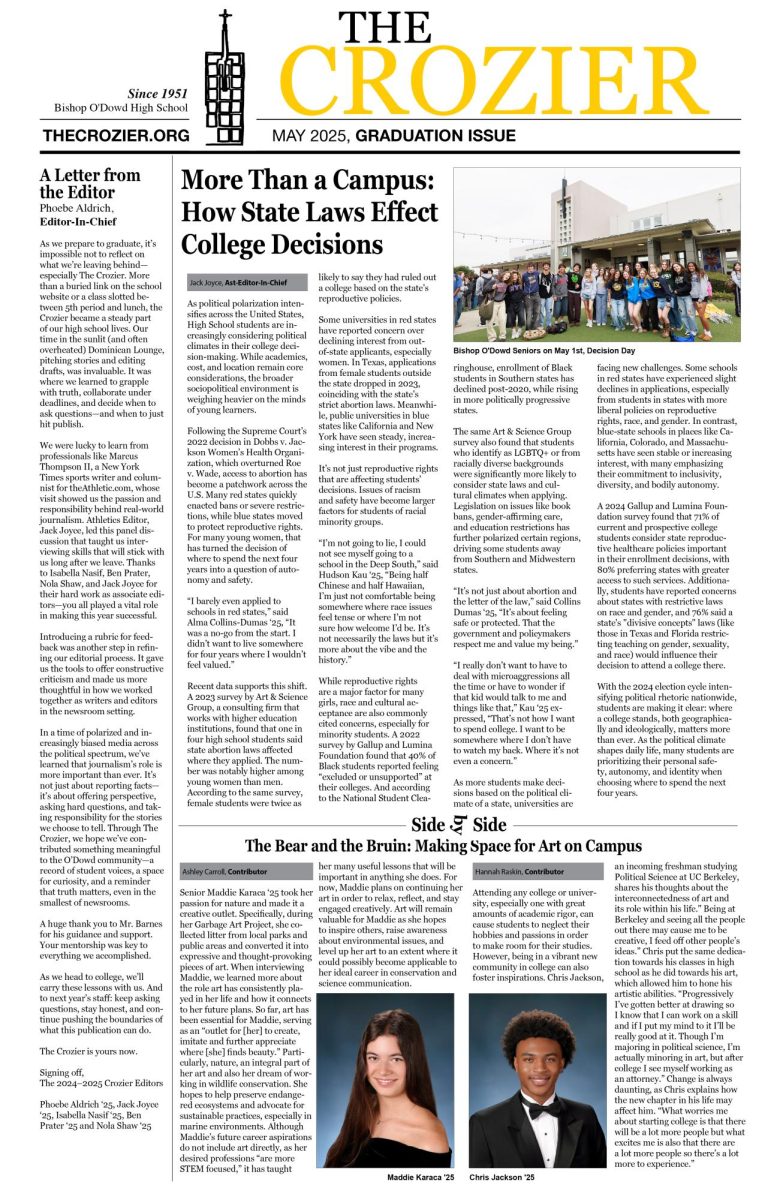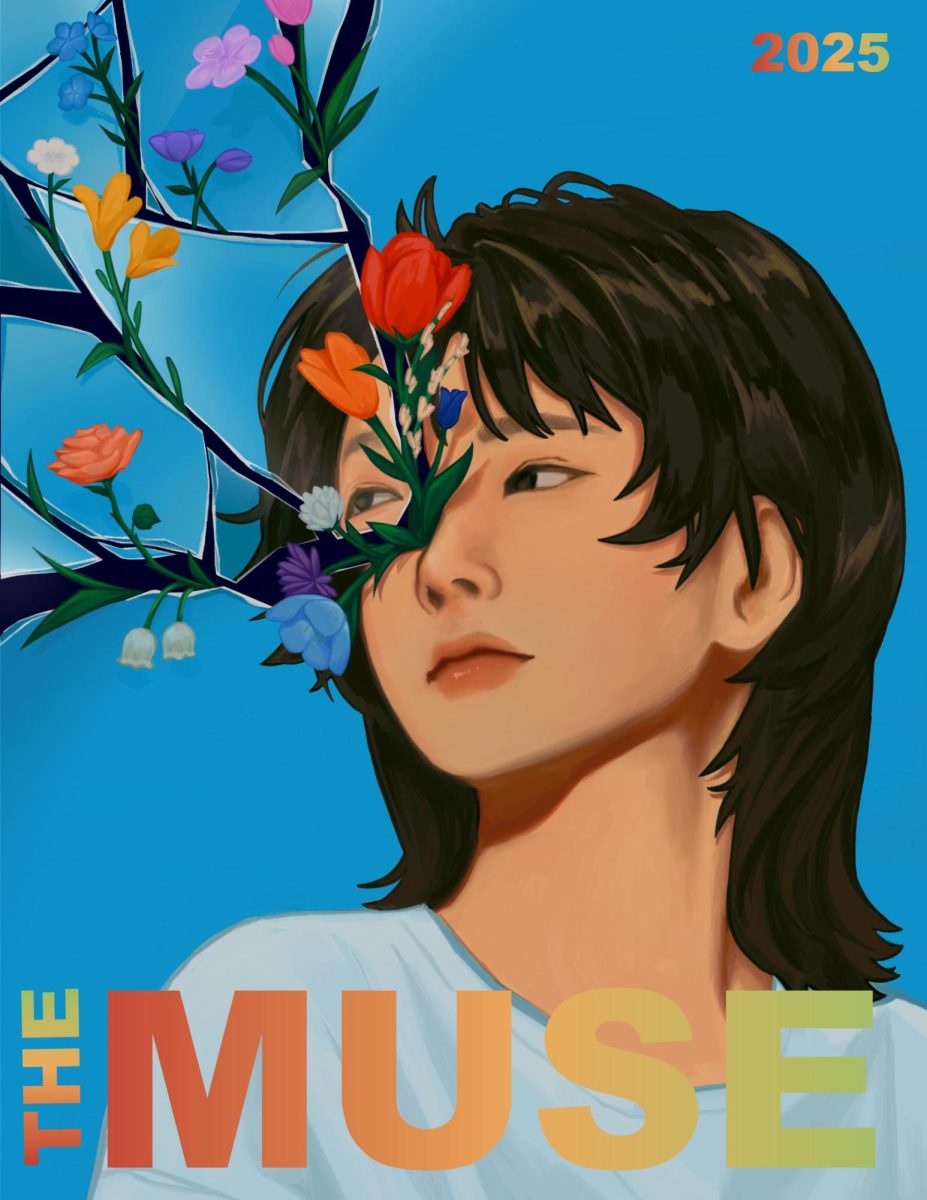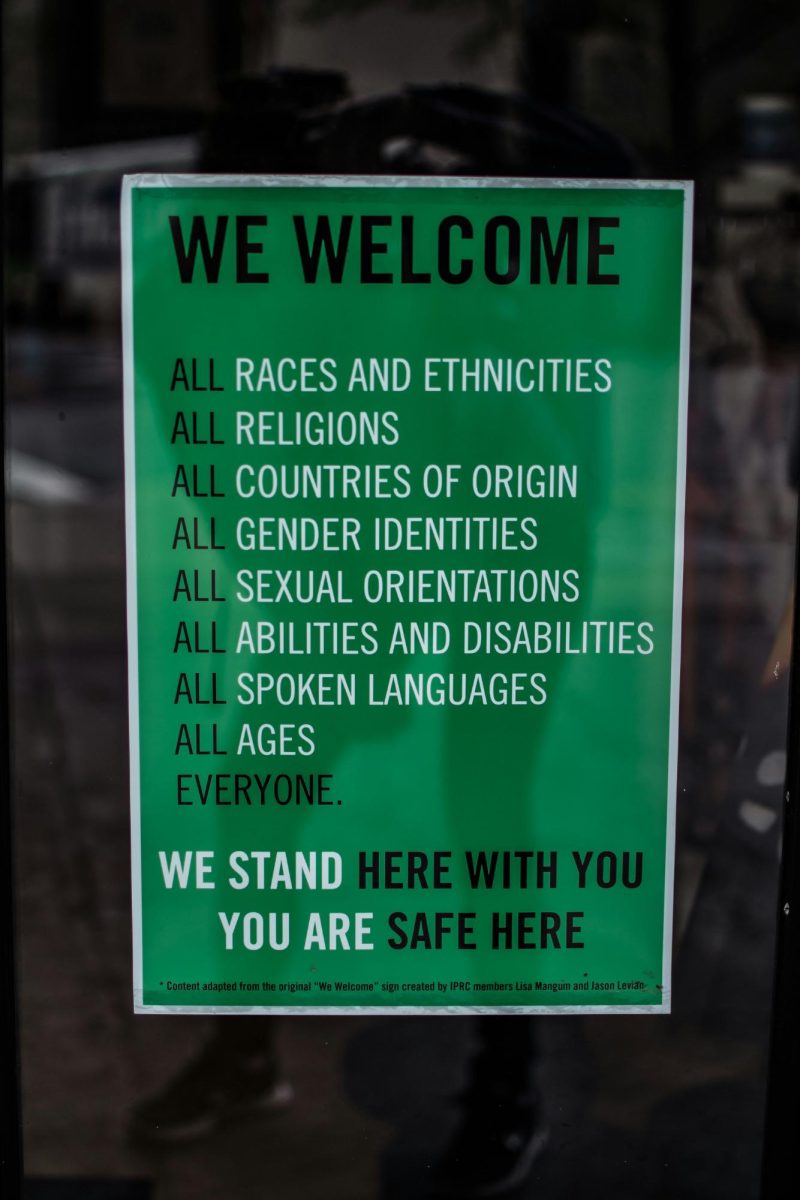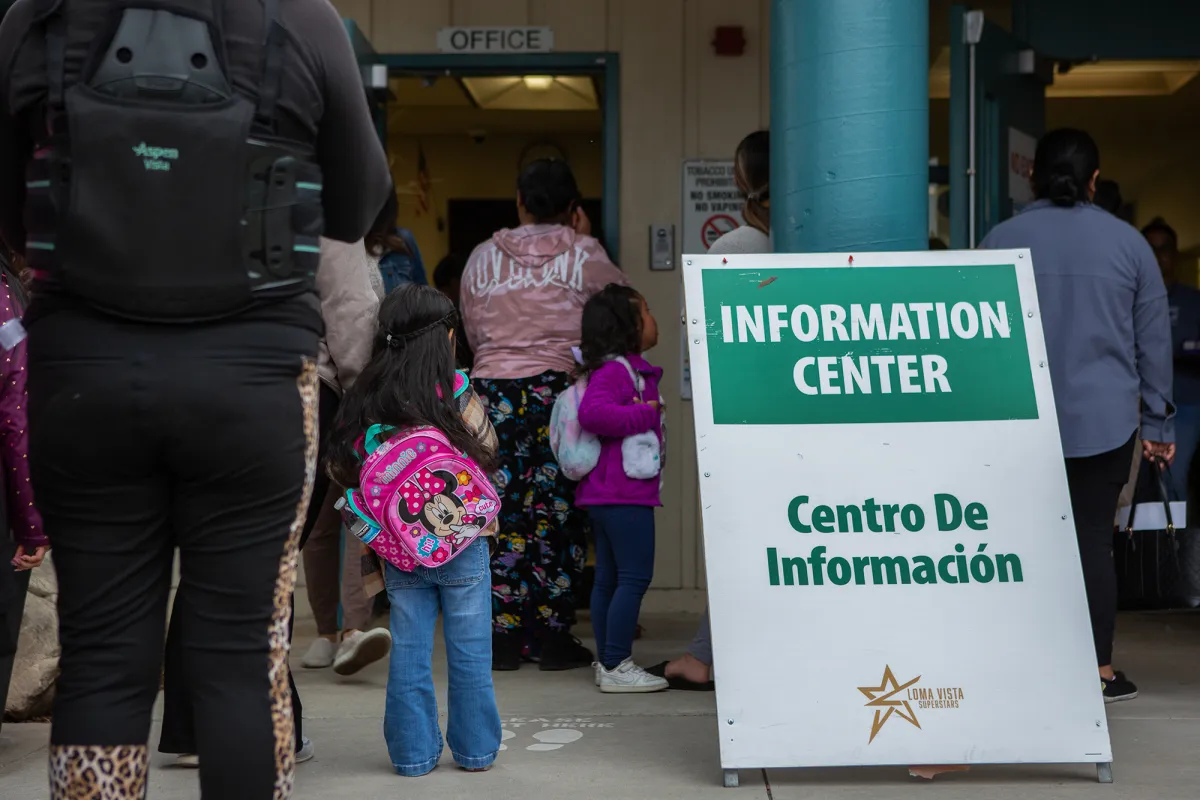In light of Aaron Rodgers’ season-ending injury, which happened on the artificial turf surface of MetLife Stadium, the NFL Players Association calls for turf fields to be changed to “high-quality natural grass surfaces.” The players have echoed similar messages, with J.C. Tretter sending a letter to the league in 2022 and outcry from players after Odell Beckham Jr.’s injury in the Superbowl just two years ago. Lloyd Howell, the current Executive Director of the NFL Players Association, believes natural grass is “simply safer” than artificial turf.
Artificial turf was first used in Pro Football in 1968, when the AFL team, the Houston Oilers, moved into the Houston Astrodome, which had installed turf two years back. Artificial turf gained tremendous popularity in the 1970s and 80s, with many teams opting for the cheaper and less intensive turf as an alternative to grass. Now, half the league uses artificial turf in their home stadiums. Recently, in 2019, in a study by the American Journal of Sports Medicine, it was found that artificial turf results in a 16% increase in lower extremity injuries per play, with the percentage increasing for specifically non-contact injuries. Furthermore, from injury data collected by the NFL from 2012 to 2018, players were 28% more likely to have a non-contact lower extremity injury on an artificial turf playing field. More specifically, a 32% increased chance of non-contact knee injuries and a mind-blowing 69% increased chance of non-contact foot/ankle injuries. These injuries can be career-ending and possibly even cause long-term damage. Before, the safety risks were unknown to teams and the league, but now, with the science to back up the players’ claims, the NFLPA thinks the league is doing a disservice to its players by not implementing grass fields.
Aaron Rodgers, just four snaps into the New York Jets home opener, tore his Achilles mid-sack on a turf field. Delving deeper into his injury, some question whether he would have avoided injury on a real grass surface. Rodgers was sacked on a simple 3 step drop, in which both of the offensive tackles cut-blocked the edge rushers. This meant Rodgers had to get the ball out quickly, or he would be sacked. With his read not being there, Rodgers held onto the ball. Attempting to roll out to his left, Rodgers was sacked quickly by outside linebacker Leonard Floyd. During this sack, Rodgers planted his left foot on the turf, and as he fell forward, this strained his Achilles tendon, causing it to tear.
In comparison to grass, turf creates more friction with the athletes’ cleats, which has its benefits and faults. This does allow the athlete to generate more power, run faster, and make quicker cuts, overall increasing their performance. While this may seem like a positive for turf, it also hurts the athletes, overloading their joints and ligaments and creating more significant causes for injury.
Rodgers has taken this sack many times in his career, causing people to think Rodgers’ case may seem like a freak accident or a fluke, but many believe that he could have avoided the injury if the field was natural grass. The playing surface held onto Rodgers’ cleat, causing the injury. If this was a grass field, because of the lower amount of friction caused by natural grass, as opposed to turf, it’s fair to question if Rodgers’ foot would have more likely slipped back, and nothing would have happened. But this wasn’t a grass field; instead, his left foot was stuck in the higher density and friction of the artificial turf, which many NFL players believed played a role in his injury, dismantling the Jets’ hopes, ending his season, and possibly his career.
The problem of turf has been long-standing with NFL players, with the pattern of non-contact injuries on artificial turf faces has many players speaking out on the issue. A notable comment on this is a tweet from Greenbay Packers Tackle David Bahktiari, saying, “How many more players have to get hurt on artificial turf…You plan to remove all artificial turf for the World Cup. So clearly, it’s feasible…Do better!” An essential part of this tweet is his mentioning of the World Cup, which was also echoed in Howell’s statement. The World Cup is going to be held in the United States in NFL stadiums. These stadiums plan to put in natural grass for the soccer players, whom Bahktiari believes the NFL “cares more about” than the actual NFL players. This action by teams and the league confirms that they understand the athlete benefits of natural grass but are unwilling to change grass fields, as the cheaper maintenance of turf outweighs the players’ health. The NFLPA recognizes the financial benefit of turf, with Lloyd Howell responding, “While we know there is an investment to making this change, there is a bigger cost to everyone in our business if we keep losing our best players to unnecessary injuries.” Howell ends the NFL Players Association’s statement with a call for action, “This is worth the investment and it simply needs to happen now.”

